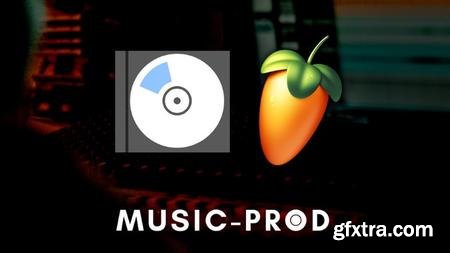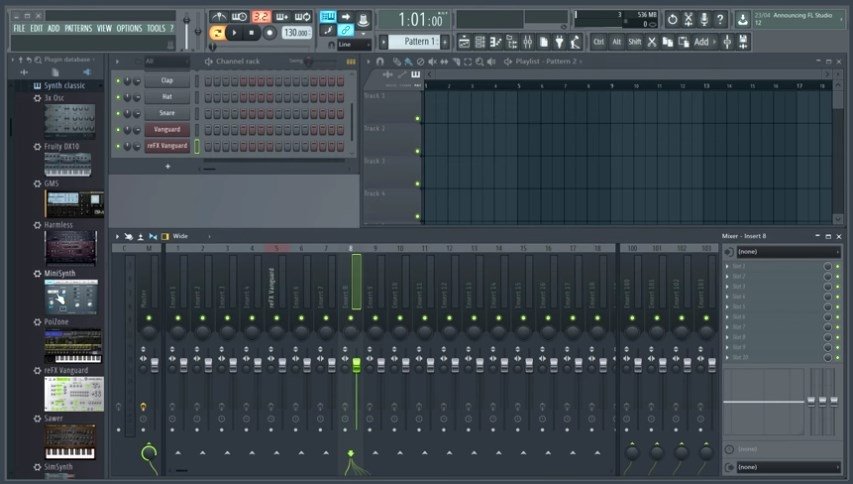
In this example, we will load an insert effect into the first insert slot of a Mixer insert track, then route the signal of the plug-in we have loaded before to this Mixer insert track.

You can then send the Channel where your NI plug-in is loaded to these insert tracks. Its audio output is automatically routed to FL Studio's master output. To display or hide the plug-in's window, click once on the NI plug-in's name in the Channel rack.Įffect plug-ins must be loaded in a mixer insert track. Massive X is now loaded in the FL Studio Channel rack.In the example below, we want to load Massive X. Right-click on the plug-in you want to use and select Open in new channel in the context menu.Note: if you cannot find your NI plug-ins here, read this article to learn how to manage your plug-ins in FL Studio 20: MAC / WIN. Here you will find a list of all your installed VST plug-ins, including your NI plug-ins. In the Browser, navigate to the Plug-in database > Installed > Generators > VST.Click the Plug-in database symbol in the FL Studio Browser.MIDI out - AU does not support MIDI out to other plugins.Sharing projects - If you are sharing projects with Windows users, you must use the VST versions of plugins since Audio Units are not available on Windows.

Info for Mac users: FL Studio 20 introduces the ability to use Audio Units (AU) on Mac computers however, we recommend using VST whenever possible for the following reasons: Note: If you are using FL Studio 12 (or earlier), read this article. Note: some NI products can be inserted both as instrument or effect plug-in (e.g.

RAUM, GUITAR RIG, etc.) in an effect insert slot and routing an audio signal to the corresponding Mixer insert track. MASSIVE X, KONTAKT, etc.) in a plug-in channel. This article explains how to insert Native Instruments plug-ins in FL Studio 20, including:


 0 kommentar(er)
0 kommentar(er)
